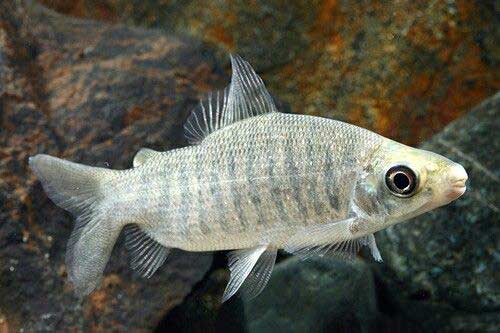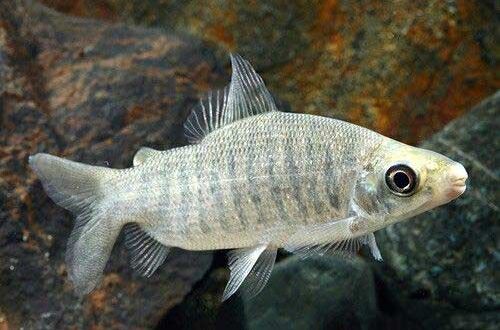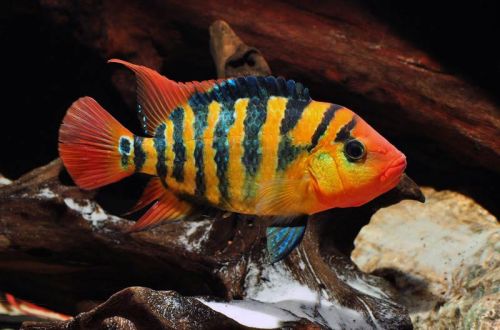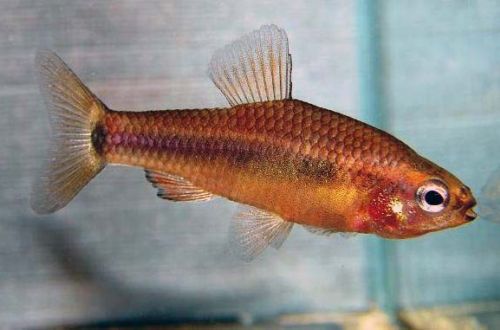
Tape distichodus
The ribbon distichodus, scientific name Distichodus fasciolatus, belongs to the family Distichodontidae (Distichodontidae). The fish comes from the African continent, inhabits the vast basin of the Congo River. It occurs in the main channels of rivers, floodplain lakes, creeks. Prefers to stay in the bottom layer near the coastline. The basis of the diet is insect larvae, aquatic plants, fallen leaves of trees and shrubs, seeds, etc.
Contents
Tape distichodus
 The tape distichodus, scientific name Distichodus fasciolatus, belongs to the family Distichodontidae (Distichodontidae)
The tape distichodus, scientific name Distichodus fasciolatus, belongs to the family Distichodontidae (Distichodontidae)

Juveniles appear twice a year shortly before the April and December water rises. The fry are at first in flooded areas, where they feed on zooplankton and other small invertebrates.
Description
This is a large fish that the locals often use as food. Adult individuals reach a length of up to 60 cm. Within one population, several geographical forms are distinguished, somewhat differing in the main color, which can vary from gray-silver to pale golden. A characteristic feature of the body pattern are vertical dark stripes.
Behavior and Compatibility
Unlike most of its relatives, it is considered a relatively peaceful fish. However, due to its size, it is recommended to keep only one adult in one aquarium. With a lack of space, aggression is possible. Any smaller fish can also be attacked.
Compatible only with large species of comparable size, such as catfish and other inhabitants of African rivers.
Brief information:
- The volume of the aquarium – from 500 liters.
- Temperature – 23-27°C
- Value pH — 6.0–8.0
- Water hardness – 1–21 dH
- Substrate type – any soft
- Lighting – subdued
- Brackish water – no
- Water movement is weak
- The size of the fish is up to 60 cm.
- Nutrition – plant-based feed
- Temperament – conditionally peaceful
- Content alone or in a group
Maintenance and care, arrangement of aquariums
Successful long-term keeping is possible only in spacious aquariums from 500 liters (for one fish). A productive filtration system should not cause excessive water movement. Tape distichodus does not like strong currents. The lighting is subdued.
The design is arbitrary, subject to the presence of shelters from a heap of stones and snags. Given the diet, the choice of aquarium plants should be approached with great care. Most species with soft tender leaves are likely to be damaged or eaten.
Food
The basis of the daily diet can be dry sinking food based on plant ingredients. You can also serve blanched spinach, lettuce, frozen (to soften) cucumber slices, zucchini, carrots and other vegetables.





